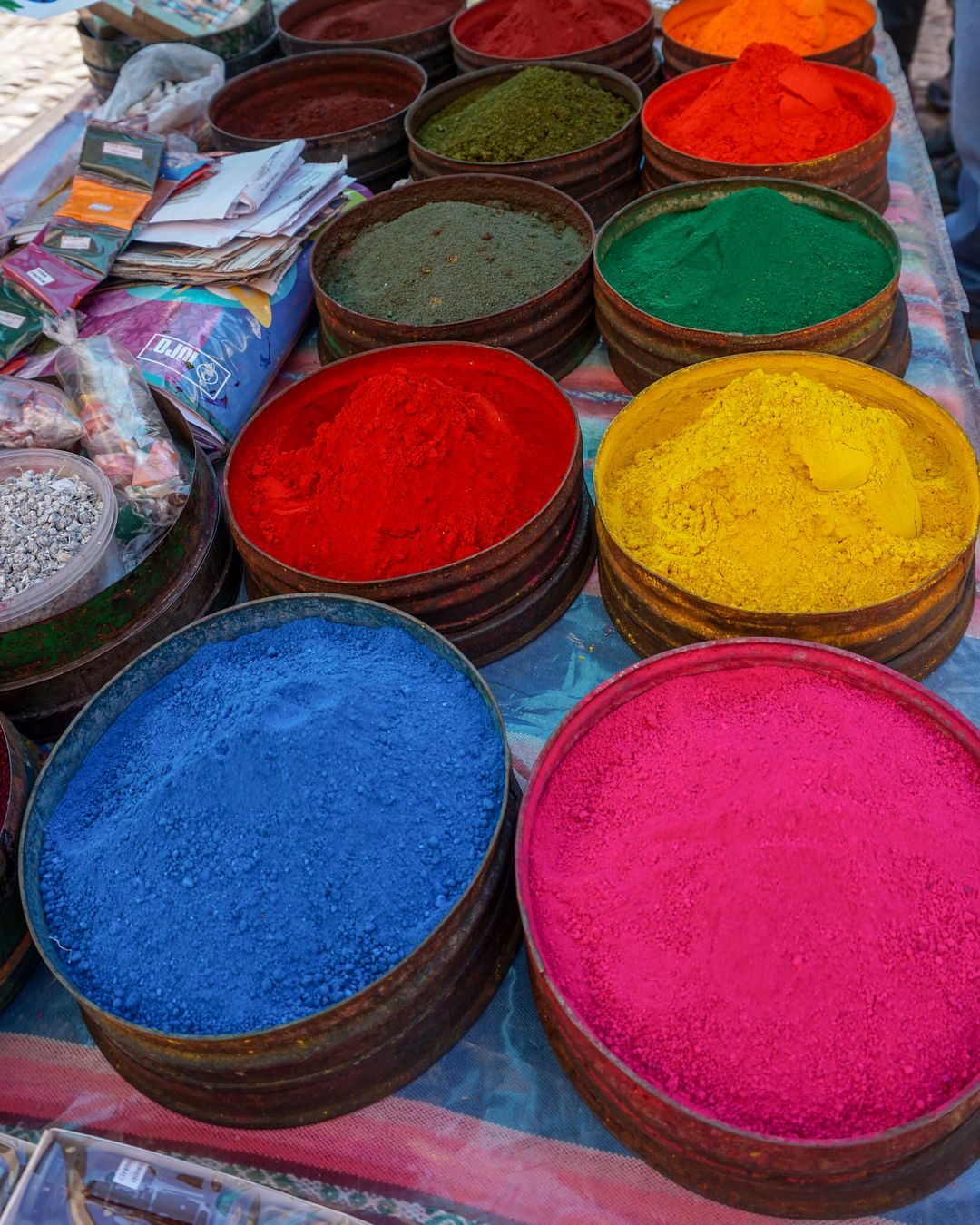07/09/2018
Weaving and embroidery are a fundamental part of Peruvian history. From exquisite cottons, decorative techniques and unique dyes, Andean textile traditions date back to as early as 3000 BC and tell tales as elaborate as the labyrinths of the needlework.
In creating textiles, these talents were used widely throughout Peru for the creation of costumes and tapestries and were often associated with wealth and regarded more highly than gold or silver; many individuals who had achieved status in their lifetime were buried in textiles or “sacred fabrics” which were intricately embroidered. Many textiles we know today stem from sophisticated weaves and embroideries of ancient times which were created using many different techniques and materials.
Along the Peruvian coast near Lima, and within indigenous communities located in the Valley of Cusco, a variety of fabric structures are still being woven to this day. A popular method used to create textiles is through a traditional spinning technique; this process requires animals to be sheared and the resulting fibres washed and spun using an ancient drop-spindle tool which creates fine yarn. This process causes the fibres to twist as the weaver spins the apparatus while simultaneously evening out the fibres. Once the yarn has been produced, it is then naturally dyed using plants and insects which are exposed to a boiling process to create the pigment that is then be applied to the fibres.

The importance of weaving in this region is linked to the Quechua culture and has served to help identify and construct regional identities in addition to establish interregional communication over centuries. Whether through the development of careers or the display of distinct woven designs which can be associated with specific areas, weaving allows individuals to feel connected to tradition and culturally informed, due to the accumulated knowledge of the different techniques passed down from generation to generation.
Textiles have played a significant role in the Peruvian society for centuries and still continue to inspire the longevity of tradition today. It is very popular for communities to come together and celebrate such ancient traditions, for example the Momento Andes Event held at the Inkaterra hotel located in the Sacred Valley of the Incas: Inkaterra Hacienda Urubamba encourages like-minded members of the community to come together and take part in seminars and practical workshops which celebrate Peruvian dishes, art and textiles.

Also, in southern highland Peru, within the Colca Valley, the art of embroidery is acknowledged as a National Cultural Heritage. With techniques rooted in the history of the indigenous Collagua and Cabana people, the designs created are symbolic of traditional and artistic values. Much of the embroidery is created for clothing and engineered to illustrate attractive local flora and fauna. Techniques used to achieve the designs occasionally involve machines which have the capacity to layer a number of different fabrics which therefore creates a distinctly thick and durable embroidery.

Photo Source: Google Images
